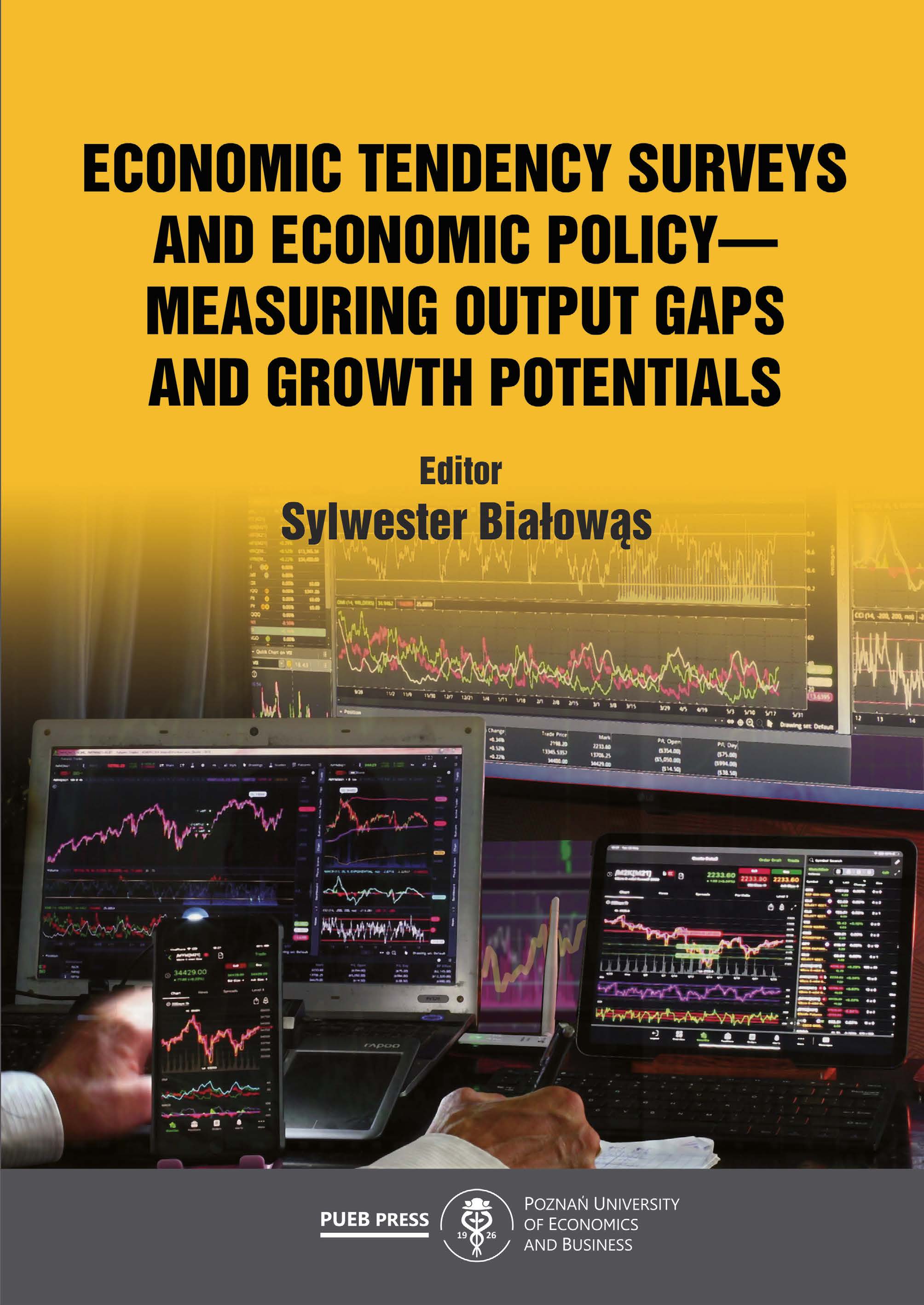Use of data from Business Tendency Surveys in output gap estimation
Use of data from Business Tendency Surveys in output gap estimation
Author(s): Ewa Ratuszny, Konrad Walczyk
Subject(s): Economy, Business Economy / Management, Economic policy, Economic development, Financial Markets
Published by: Wydawnictwo Uniwersytetu Ekonomicznego w Poznaniu
Keywords: bubusiness cycle;cycle indicators;output gap;principal components;survey data;
Summary/Abstract: In this paper, the results of empirical research are presented regarding the most commonly used macroeconomic indicators of business cycles together with the Research Institute for Economic Development (RIED) Business Tendency Surveys data in output gap estimation. As a tool for determining business cycle, principal component analysis (PCA) is used. The empirical evidence allows to confirm the usefulness of qualitative RIED indices in modelling the output gap and, at the same time, support the conclusions made by Roeger, McMorrow, Hristov and Vandermeulen (2019) that inflation and the current account balance do not perform well as indicators of the cycle in Poland. The cyclical component obtained using PCA is highly correlated with the cyclical component of the RIED barometer and real GDP change.
Book: Economic tendency surveys and economic policy - measuring output gaps and growth potentials
- Page Range: 30-38
- Page Count: 9
- Publication Year: 2022
- Language: English
- Content File-PDF

